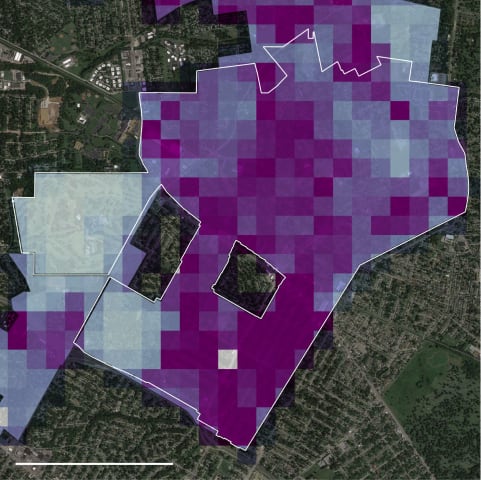Description: Buenos Aires's facial recognition system mistakenly flagged innocent people as criminals, leading to wrongful stops and detentions. Judicial investigations indicate the technology may have been misused for unauthorized surveillance and data collection. Despite privacy risks, the system has been used widely without full disclosure of standards or safeguards,
Editor Notes: Reconstruction of the timeline of events: (1) 2019: Buenos Aires implements a facial recognition system aimed at enhancing public safety, capturing thousands of individuals. (2) After implementation in 2019: At least 140 individuals, including Guillermo Ibarrola, are erroneously flagged as criminals due to database errors, leading to police checks and detentions. (3) 2020: The facial recognition feature is deactivated as a precaution during the COVID-19 pandemic and remains off by judicial order. (4) December 2023: Journalists confirm that their biometric data was accessed, which in turn prompted further scrutiny by them. (5) February 5, 2024: The Pulitzer Center publishes a report on the issues surrounding Buenos Aires's facial recognition system.
Entities
View all entitiesAlleged: Government of Argentina developed an AI system deployed by Government of Argentina , Government of Buenos Aires and Argentinean Ministry of Security, which harmed Argentinean citizens , Buenos Aires residents and Guillermo Ibarrola.
Incident Stats
Risk Subdomain
A further 23 subdomains create an accessible and understandable classification of hazards and harms associated with AI
2.1. Compromise of privacy by obtaining, leaking or correctly inferring sensitive information
Risk Domain
The Domain Taxonomy of AI Risks classifies risks into seven AI risk domains: (1) Discrimination & toxicity, (2) Privacy & security, (3) Misinformation, (4) Malicious actors & misuse, (5) Human-computer interaction, (6) Socioeconomic & environmental harms, and (7) AI system safety, failures & limitations.
- Privacy & Security
Entity
Which, if any, entity is presented as the main cause of the risk
AI
Timing
The stage in the AI lifecycle at which the risk is presented as occurring
Post-deployment
Intent
Whether the risk is presented as occurring as an expected or unexpected outcome from pursuing a goal
Unintentional
Incident Reports
Reports Timeline
Loading...

Seventy-five percent of the Argentine capital area is under video surveillance, which the government proudly advertises on billboards. But the facial recognition system, part of the city's sprawling surveillance infrastructure, is being cri…
Variants
A "variant" is an AI incident similar to a known case—it has the same causes, harms, and AI system. Instead of listing it separately, we group it under the first reported incident. Unlike other incidents, variants do not need to have been reported outside the AIID. Learn more from the research paper.
Seen something similar?
Similar Incidents
Did our AI mess up? Flag the unrelated incidents
Loading...

Northpointe Risk Models
· 15 reports
Loading...

Predictive Policing Biases of PredPol
· 17 reports
Loading...

Uber AV Killed Pedestrian in Arizona
· 25 reports
Similar Incidents
Did our AI mess up? Flag the unrelated incidents
Loading...

Northpointe Risk Models
· 15 reports
Loading...

Predictive Policing Biases of PredPol
· 17 reports
Loading...

Uber AV Killed Pedestrian in Arizona
· 25 reports
